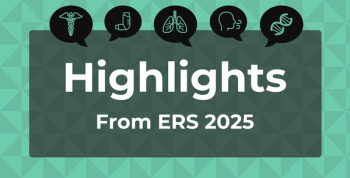
JAMA Oncology Study Validates Patient-Reported Outcomes
A multicollaborative study conducted for the National Cancer Institute has resulted in a tool called the Common Terminology Criteria for Adverse Events (PRO-CTCAE). PRO-CTCAE can help integrate the patient perspective into adverse event reporting.
With the dynamic shift in healthcare from being provider-centric to patient-centric, stakeholders are warming up to the idea of increasing patient voice and input in clinical models. Patients are actively lending their voice at national meetings and patient advocacy groups are a regular part of round table discussions with clinical and regulatory decision makers. The question though has always been around validating patient feedback and implementing it to improve healthcare outcomes.
Now, a multicollaborative study conducted for the National Cancer Institute has
The study used clinician-reported Eastern Cooperative Oncology Group Performance Status (ECOG PS) and the European Organisation for Research and Treatment of Cancer Core Quality of Life Questionnaire (QLQ-C30) as the primary comparators.
Nearly 90% of participants completed the PRO-CTCAE questionnaire during their first visit and nearly 91% completed it in their second visit. About 17% of participants had an ECOG PS of 2 to 4.
The authors report that while all PRO-CTCAE items had at least 1 correlation in the expected direction with a QLQ-C30 scale, the conceptual domains of the 2 questionnaires did share a strong correlation. Scores for 94 of 124 PRO-CTCAE items were higher in the ECOG PS 2 to 4 vs 0 to 1 group. Test-retest reliability was 0.7 or greater for 36 of 49 prespecified items. Correlations between PRO-CTCAE item changes and corresponding QLQ-C30 scale changes were statistically significant for 27 prespecified items.
“This is a landmark study because patient-reported information has not been used for measuring side effects in cancer research,”
Based on the favorable results of their analysis, the authors believe that PRO-CTCAE is a valid, reliable, and responsive tool that, they predict could be included in clinical trials following additional studies.
Newsletter
Stay ahead of policy, cost, and value—subscribe to AJMC for expert insights at the intersection of clinical care and health economics.













































